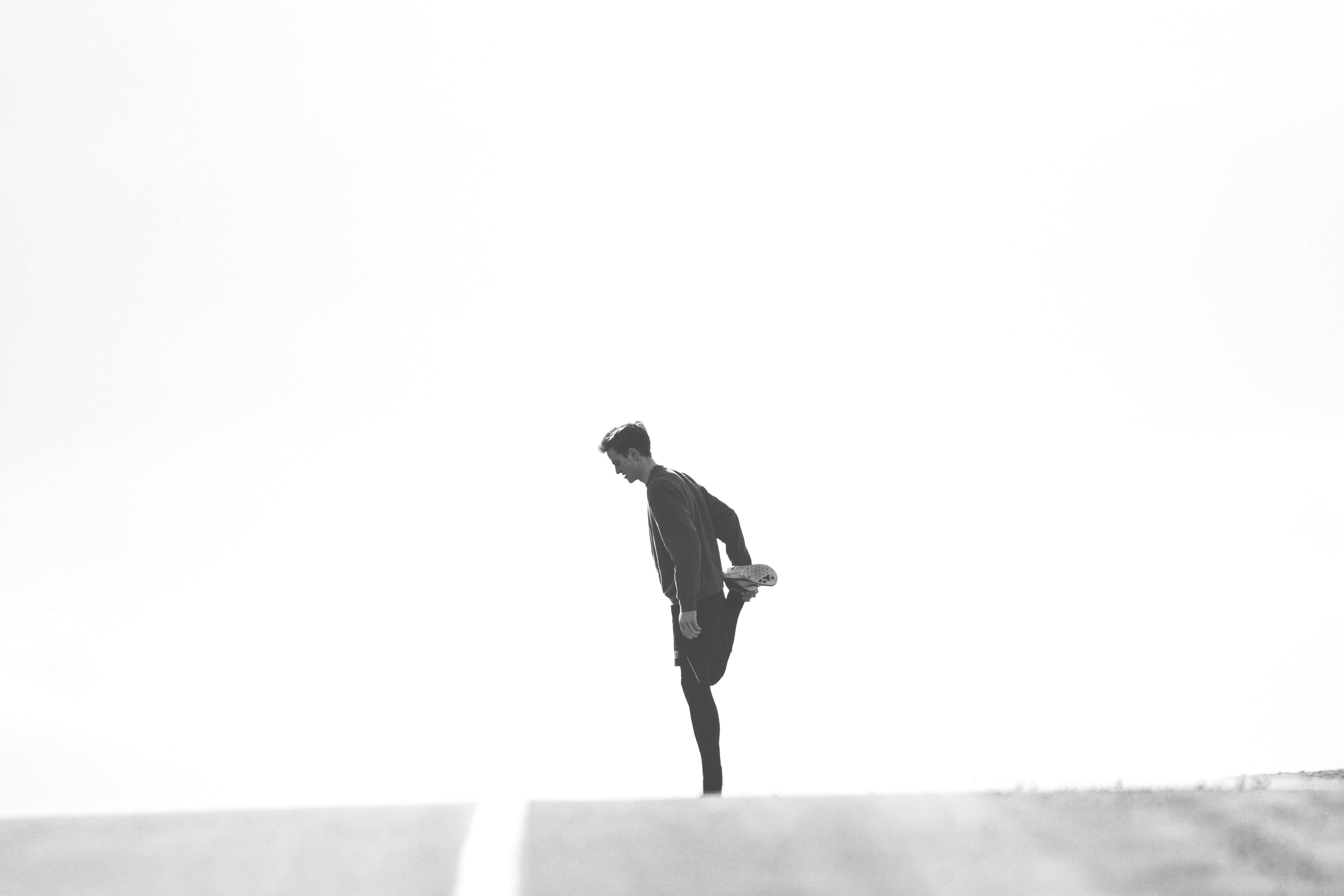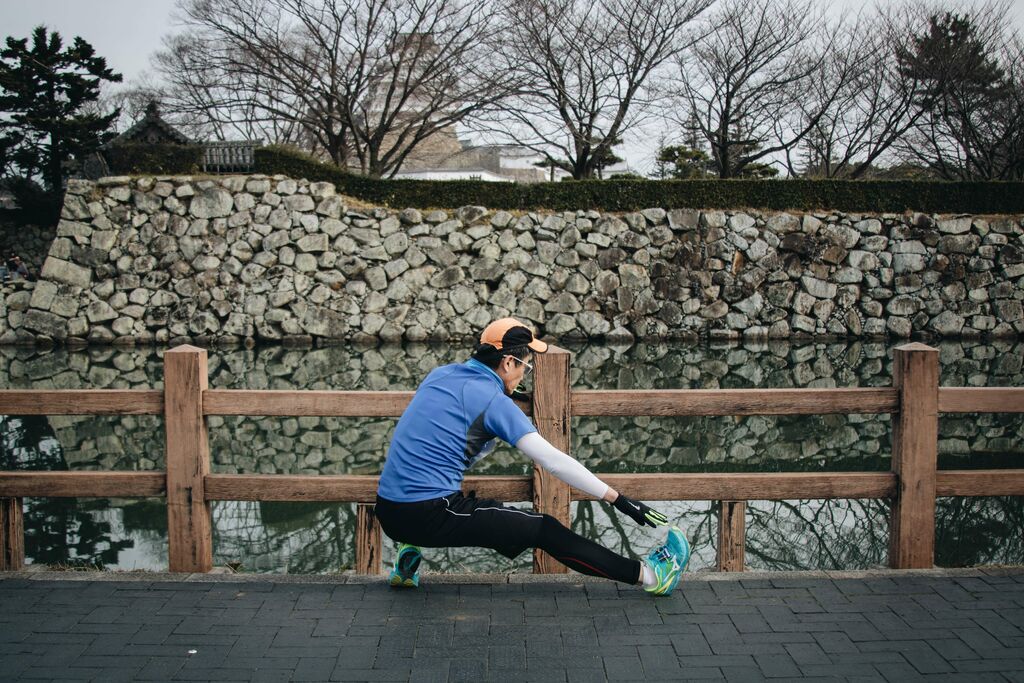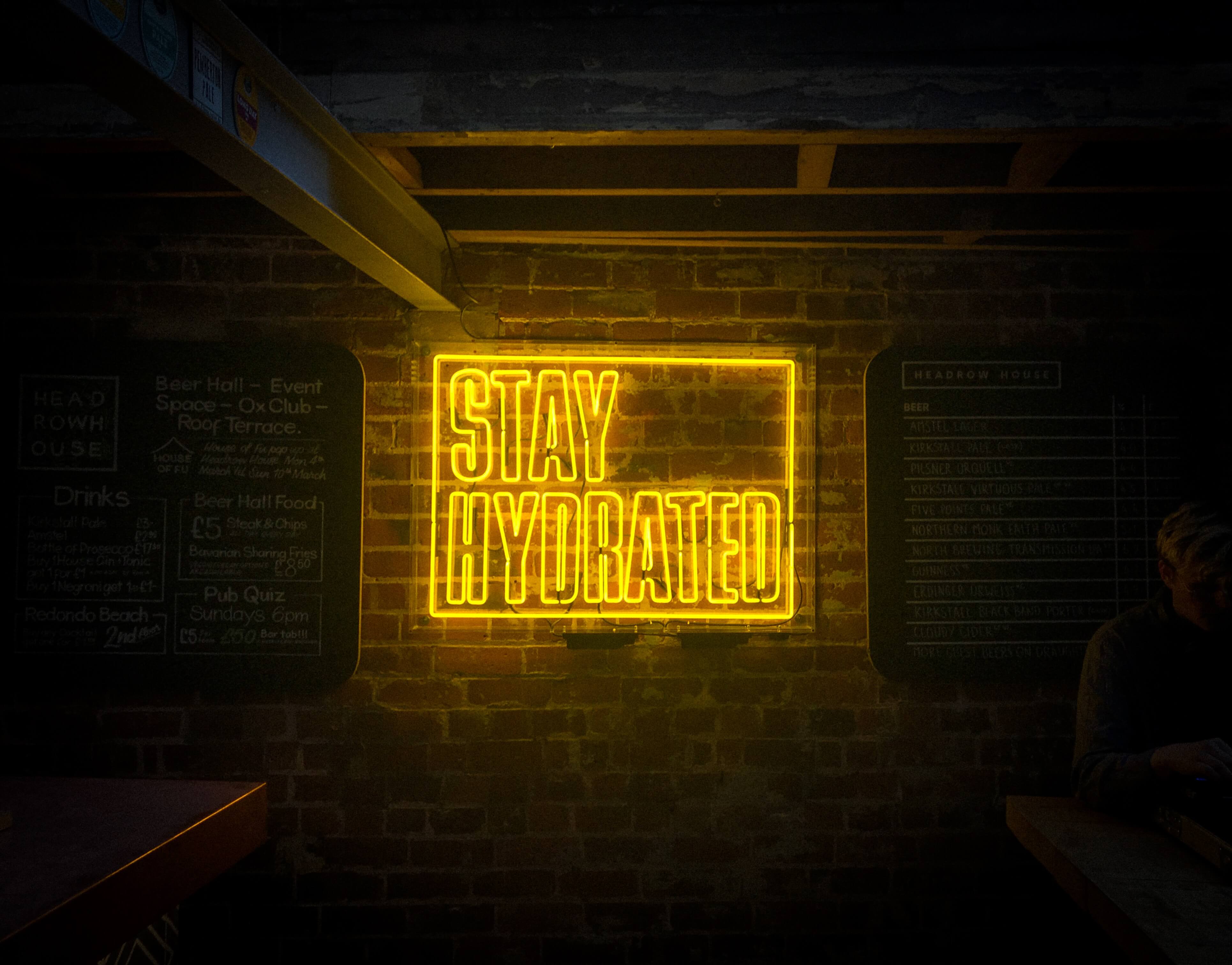Lactic Acid And Muscle Cramps: How To Prevent Build Up

With playlist queued and shoes tied you start off along the path ready to crush this run. You feel great, so push the pace and are off to the races. The sun is beating down as you swipe away beads of sweat from your forehead. You go from being in the zone to thinking it might be time to fuel up and get some water. But then your muscles start to cramp up.
It is too late. You have full on muscle cramps.
At best, fueling up and hydrating combined with slowing down the pace and get the runner back on track. At worst, this means hitting the wall.
What is really the cause of muscles cramps?

Muscle Cramp Causes: Lactic Acid, Dehydration, & More
There actually are a few culprits for muscle cramps. First, it depends on where the cramp is occurring. Stomach cramps and side cramps (commonly known as side stitches) have to do with digestion and breathing issues.
Muscle cramps, specifically in the legs is mostly because of either lactic acid buildup or dehydration.
Lactic Acid
When the body is vigorously working out, it needs more energy to keep the muscles going. So it converts glucose to provide the muscles with energy. This metabolized glucose is turned into lactate. Lactic acid is essentially the byproduct of exercise. Produced in the muscles, it builds up with intense exercise. That slight burning when running fast or lifting heavy weights is lactic acid building up.
It does not play a role when it comes to being sore post-workout. Lactic acid needs to be removed after exercise and is done so mostly by the liver and is converted to glucose.
The lactic acid buildup in the body means lactic acid is created more quickly than it is removed. It’s caused when there isn’t enough oxygen in the muscles to break down glucose in the blood. As a result, cramps occur socially in the muscle groups the is being used the most during intense exercise. Muscle aches, muscle cramps, burning are all signs up temporary lactic acid buildup.
In short, the buildup of lactic acid causes muscle cramps.

Dehydration And Electrolyte Loss
Another reason for muscle cramping during runs is dehydration and the loss of electrolytes. This is the case when there is excessive sweating like when running in the severe heat. When too much sodium loss via sweat, this loss of electrolytes can also cause cramping.

How To Prevent Lactic Acid Buildup
There are a few things runners can do to prevent the buildup of lactic acid. High levels of lactic acid buildup in the muscles and blood can result in lactic acidosis, the condition that causes muscle fatigue, weakness, breathing issues, cramps, nausea, diarrhea, and increased heartbeat.
To prevent lactic acid buildup make sure to stay hydrated before, during and after exercise. Electrolyte replacement is essential in preventing buildup. Make sure to have a sports drink or energy chews that are packed with electrolytes.
Stretching after an intense workout also helps to relieve the muscles of lactic acid. This is also where a foam roller comes to play. Loosen those tight muscles to prevent both buildup and soreness.
Calcium Lactate
Managing mineral levels when it comes to calcium and potassium (both electrolytes) is a way to prevent lactic acid buildup.
Calcium is essential to muscle function. Not enough in the blood can be a cause of leg cramps. It can also weaken the bones since this is where the body will pull calcium from when there isn’t enough in the blood.
Eating a diet rich in calcium, potassium, and magnesium are all ways to prevent low stores of these minerals. Adding a nutritional supplement is also a good way to ensure enough of these minerals are in the diet. Consult a physician before taking any supplements.
Runners should also make sure that their sports fuel provides the minerals and electrolytes needed to replenish during the workout. This includes products like Kramp Krusher energy chews that is packed with sea salt electrolytes. It also is equipped with calcium lactate to stop cramps before they even start. Calcium lactate fights lactic acid buildup by raising blood lactate levels in the blood and aids in muscle recovery. This product also contains many minerals that aid in hydration and muscle recovery.
Nuun hydration tablets which dissolve into the water also provide a good source of calcium, as well as potassium and magnesium.
Other products include BulkSupplements Calcium Lactate Powder, which is to be taken as a dietary supplement with meals, as well as SportLegs capsules that include magnesium and calcium lactate as main ingredients.
Sources
- , https://runnersconnect.net/muscle-cramps-while-running/, Running Website
- , 6 Ways to Get Rid of Lactic Acid in the Muscles, Health Website
- , How To Stop Runners' Cramps, Health Website
- , Here’s What Causes Those Calf Cramps You Get While Running, Running Website
- , Is Lactic Acid Bad?, News Website
- , How To: Reduce the Buildup of Lactic Acid, Nutrition Website
- , Should You Take Calcium or Potassium for Leg Cramps?, Health Website
- , Calcium Lactate, Health Website
Latest Articles
 Is Running on a Treadmill Easier Than Running Outside?Runners have their own preferences, whether it is treadmill running, running outside on the road, or exploring trails. So...
Is Running on a Treadmill Easier Than Running Outside?Runners have their own preferences, whether it is treadmill running, running outside on the road, or exploring trails. So... Is It OK to Use Trail Running Shoes on the Road?While trail running shoes can be used on roads, especially in situations where a runner encounters mixed terrains or pref...
Is It OK to Use Trail Running Shoes on the Road?While trail running shoes can be used on roads, especially in situations where a runner encounters mixed terrains or pref... How to Fix Sore Quads After Running?Rest, ice, gentle stretching, and over-the-counter pain relievers can help soothe sore quads after running. Also, ensure ...
How to Fix Sore Quads After Running?Rest, ice, gentle stretching, and over-the-counter pain relievers can help soothe sore quads after running. Also, ensure ... 10 Fruits With The Most Electrolytes to Replace Sports DrinksThese fruits are high in electrolytes such as potassium, magnesium, and calcium, essential for hydration, muscle function...
10 Fruits With The Most Electrolytes to Replace Sports DrinksThese fruits are high in electrolytes such as potassium, magnesium, and calcium, essential for hydration, muscle function...

